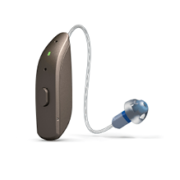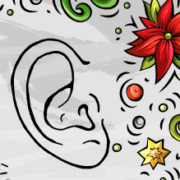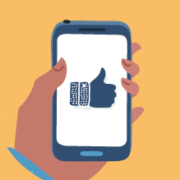Tech Inclusivity Is Growing, and We Love It
Every year, the Consumer Electronics Show (CES) creates quite a stir with innovative new products and a window into potential trends. This year, the trade show — all digital for the first time in its 54-year history — leaned even more into inclusive tech, which helps everyone participate more in life.
Why does it matter? It’s all about accessibility, which is a big part of why we’re in the hearing care business. Better hearing helps people access more of what matters in their lives. For example, it:
- Helps keep connections to loved ones strong
- Reduces the risk of social withdrawal or isolation
- Goes hand in hand with better physical and mental health
- Supports workplace success and earning power
- Plays a role in staying safe and alert
Some of the inclusive tech at CES 2021:
- Smartphone apps such as HeardThat, which reportedly works in tandem with hearing aids to separate speech from noise; Aware, which may help those who are blind or with low vision navigate public spaces; and Sravi, which uses video, a word bank, and artificial intelligence to interpret lip movements.
- The Nobi fall-detection lamp that not only can sense a fall — which is an especial risk for older adults and those with hearing loss — but can also send an alert for assistance and even help prevent slips in the first place through active tracking and reminders.
- The Mantis Q40, a QWERTY-based Bluetooth keyboard that contains a refreshable braille display and works with compatible screen readers, making it easier for people who are blind or have limited vision to participate in the classroom and other activities without needing a separate braille device.
- The Oticon More™ hearing aid, a groundbreaking rechargeable device designed to work more like your own brain does, so it can make better use of sound, require less effort to listen, and let you remember more of what’s being said.
This dovetails with our own focus on inclusive tech, including providing solutions that combine smart innovations with customized care to help you hear your best. Today’s hearing technology even includes options such as:
- Fall detection and alerts
- Language translation
- Remote adjustments
- Wireless streaming
- Automated geotagged settings
- Fitness-tracking for brain and body health
- And so much more
Technology has come a long way to help you live a more empowered life, and the innovations will only improve. Want a closer look at what today’s modern tech can do for your hearing health and access to the world around you? Don’t wait. Contact our caring team to schedule a hearing evaluation and personalized demo now!











 Proudly Canadian and Independently Owned and Operated
Proudly Canadian and Independently Owned and Operated 

